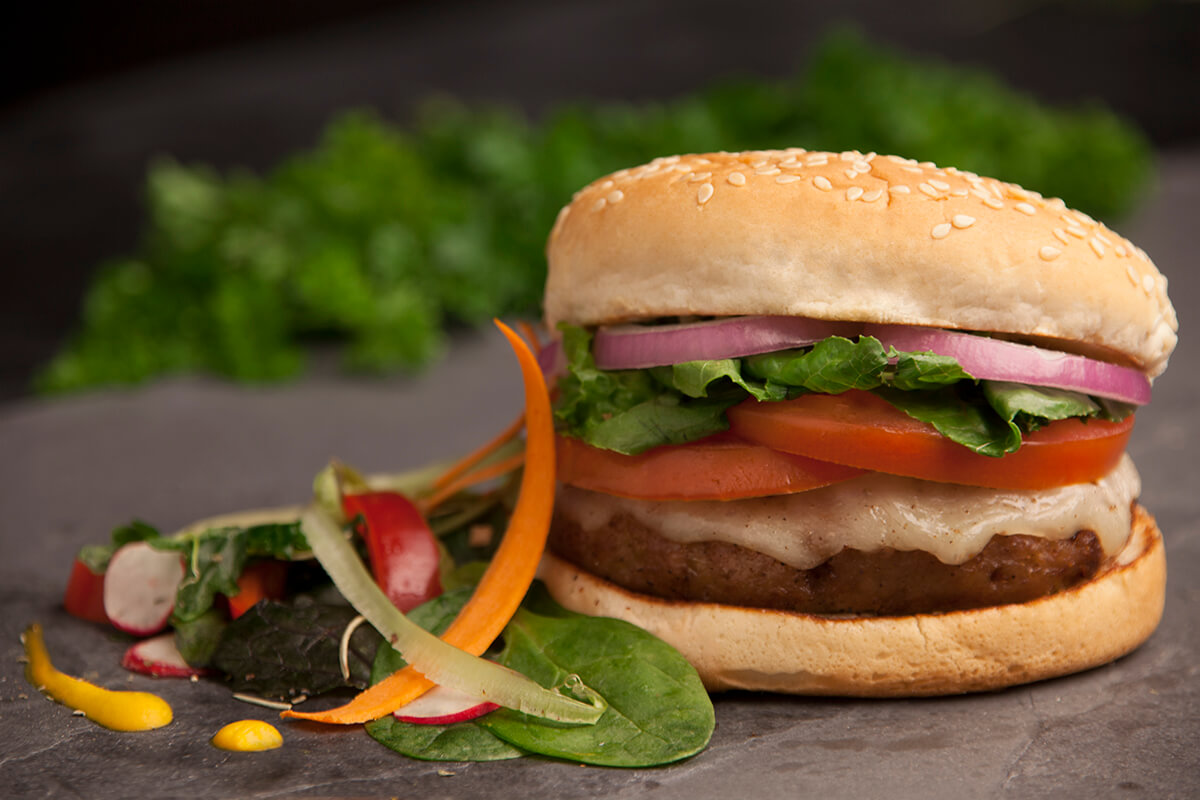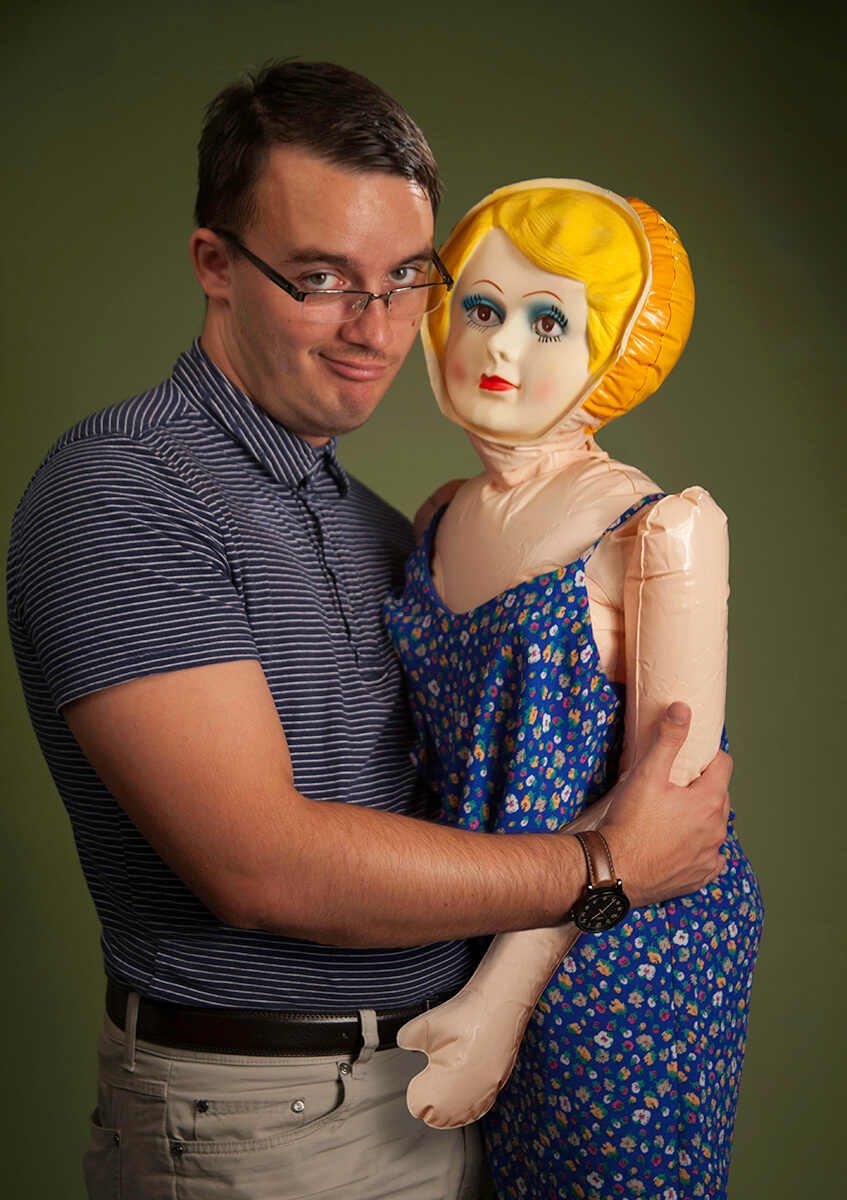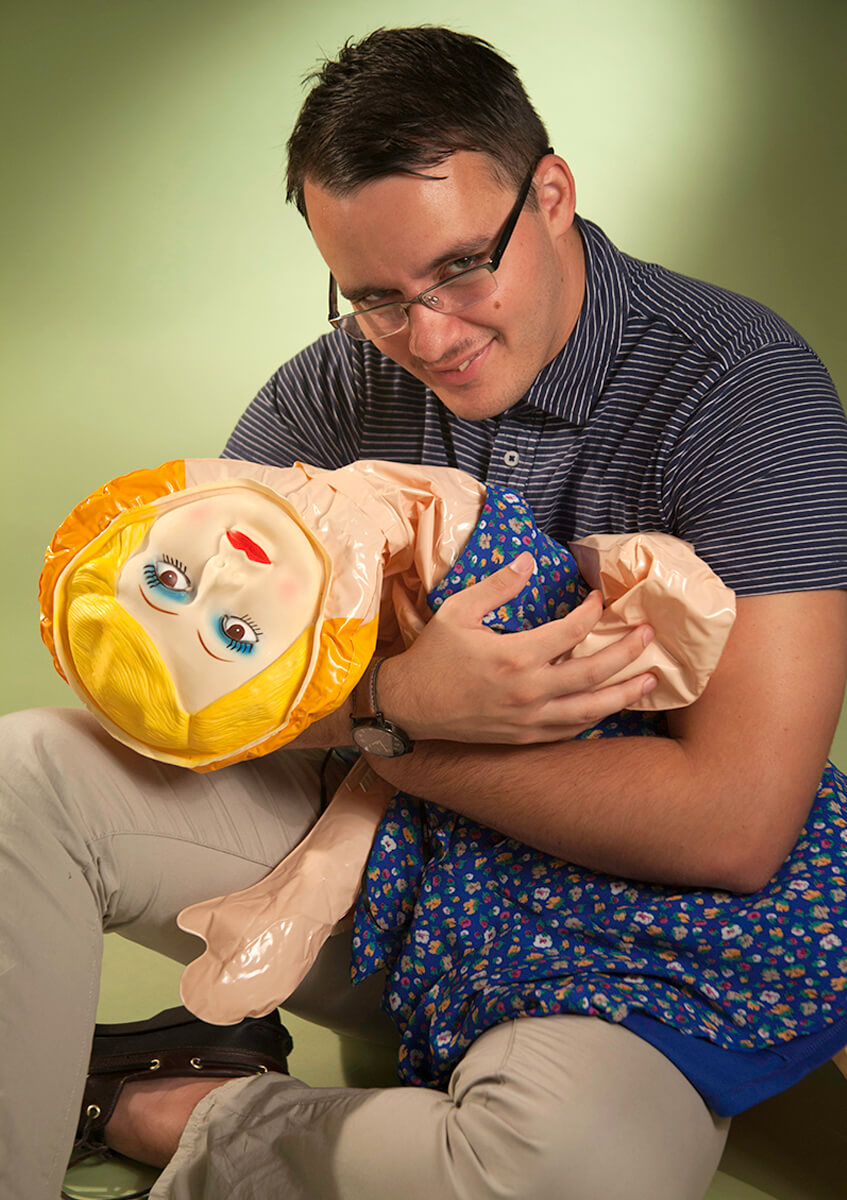Project Overview
Studio Photography was an exploration of the impact of light on an indoor staged photo environment. A range of concepts like backgrounds, light angle, light combinations and light colors were explored as part of this study.
These studio photography explorations were part of the introduction to studio lighting class at San Jose State University, taught by Professor Yvonne D. Williams. The photos shown here were taken with my studio partner, Brian Houts.
industry
Product and Portrait
Photography
skill sets
Studio Lighting,
Still Photography
Studio Partner
Brian Houts
Glass Object Assignment

One of our first assignments in this class was to experiment with photographing glass. My partner and I used Riedel wine glasses, arranging them in a symmetrical pattern for visual balance. Placed on a glass table with a plastic diffusion sheet laid on top which extended to form the background, the arrangement allowed us to light the glasses from behind and below, effectively using shadow and reflection to form the elegant shape of the cups.
Food Shot

Photographing food to look delicious is incredibly challenging. Props and surrounding elements have a huge impact on the 'visual taste' of the food. For this assignment I was inspired by the photography methods from the Modernist Cuisine Cookbook series, and attempted to replicate their incredible visuals with my limited resources.
I chose the turkey burger as the food to photograph, and tried to create a 'floating burger" shot, as well as a regular burger photo. The two photos are arranged together as part of a recipe article for a magazine spread.

The first part of the photo is a 'floating burger' shot, where each layer of the burger is seen floating seperate from the other. Not only is the shot visually exciting, but is helpful in explaining the individual steps of the recipe process.
This shot was actually shot at my home studio, using ikea lamps to light the scene, with form board reflectors, wooden dowels and string to suspend each element in the air.

The second part of the photo is a close up shot of the entire burger, ready for consumption. Placed on a gray stone floor tile with cilatro leaves blurred in the background, the burger is well contrasted and stands out from its surroundings. The cold hard stone surface gives a sense of strength and masculinity, and helps balance the replacement of beef (the most masculine of meats) with a lighter and healthier turkey alternative.
Model Portraits


For our model portrait assignment we had to come up with a concept to create a portrait of our studio partners. I felt that a humorous concept was best for Brian, and somehow the idea of a portrait with a female blow-up doll seemed fitting. The shoot taught us the challenge of facial expessions when shooting portraits, which can be hard to capture well.
The face in the first standing photo was composited from another photo to achieve the humorous facial expression. The second photo is supposed to show Brian with a sad expression since his blow-up doll lover has lost her air, but instead comes off as a little strange and creepy (but still fits the humorous narrative of the photo).
One Light Assignment

The one light assignment was created using only one light source, which was moved to a different position with each shot. The shots were later composited together again to create the final image. This method is surprisingly effective in allowing for control of lighting conditions.
The concept was based on the 'Back to the Future' film series. Using a scale model of the Delorean car, we attempted to visualize time travel with the use of props. The use of props was important to communicate the 80's retro tech feeling. However, if I was to shoot this again, I would use less props since it feels crowded and overwhelming, drawing away focus from the narrative of the photo.